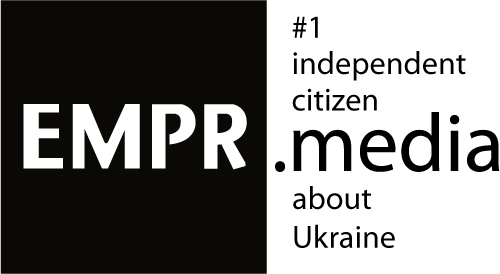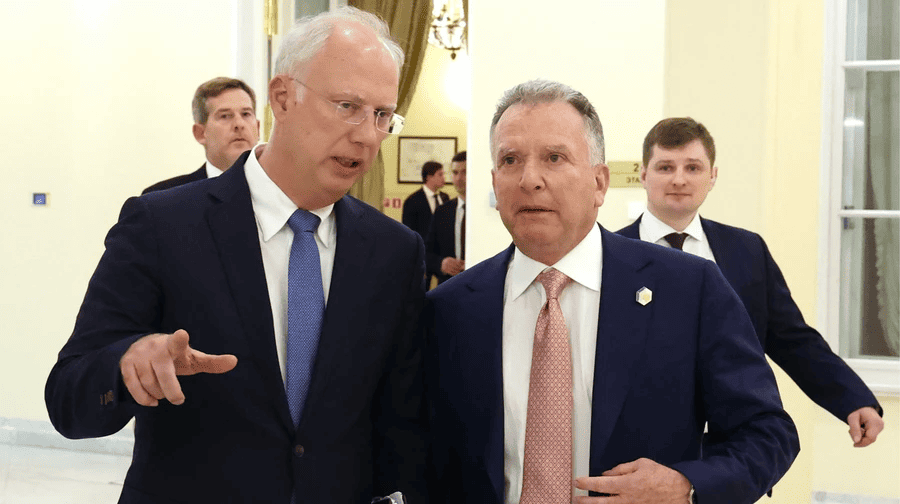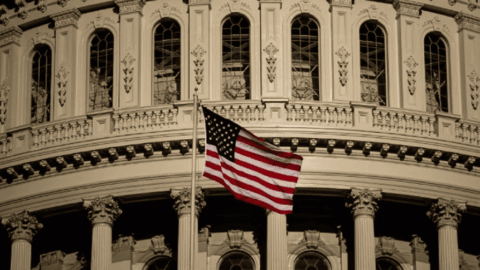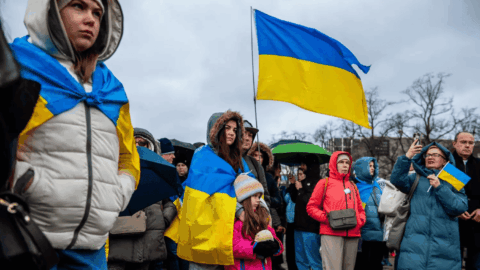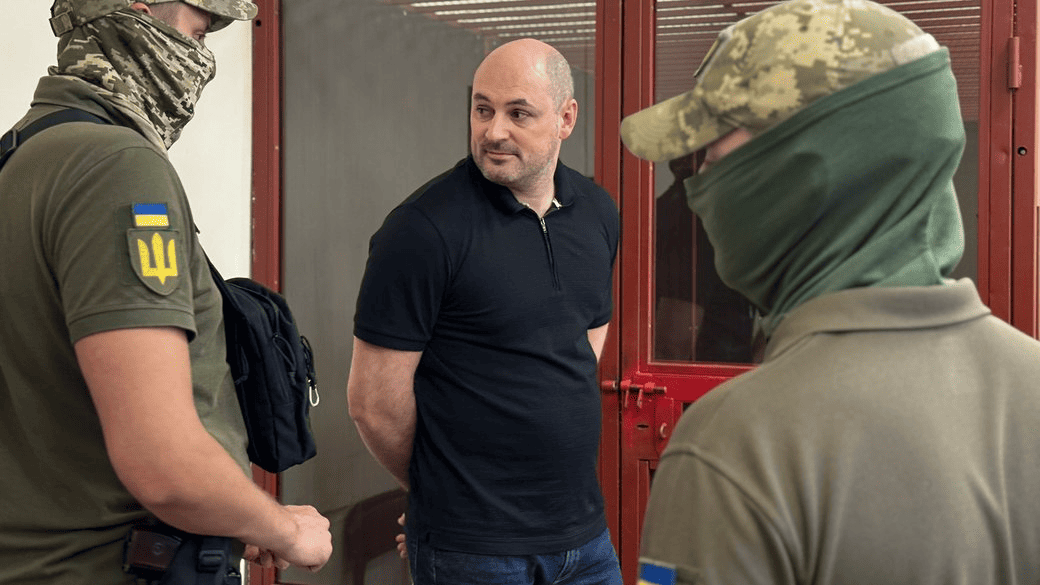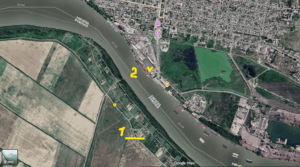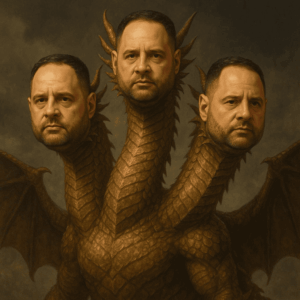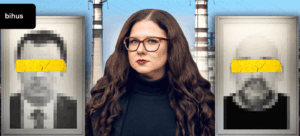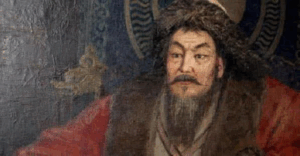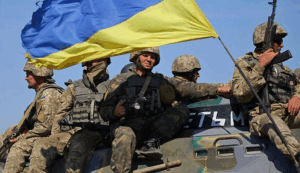Russian officials discussed giving Trump’s team a “peace plan” so Americans could present it as their own, with Dmitriev insisting it stay close to the Russian original.
An aide to the Russian leader, Yuriy Ushakov, and the head of the Russian Direct Investment Fund, Kirill Dmitriev, discussed a scheme to pass a Russian “peace plan” project to Donald Trump’s team so that the Americans would present these ideas as their own initiative.
Source: Bloomberg agency, which obtained a recording of the conversation, reports Ukrainska Pravda.
Details: The agency published the content of the conversation between Ushakov and Dmitriev, which took place on October 29. Russian officials discussed handing the document to Steve Witkoff—a long-time friend of Donald Trump and a special envoy of the U.S. president to Russia.
According to the Kremlin’s plan, Witkoff was to receive a Russian draft of the agreements and present it as his own plan for resolving the war in Ukraine.
During the conversation, Dmitriev suggested passing the document “informally” so that the American side could present it as their own initiative. He also expressed hope that the text would remain “as close as possible” to the Russian original.
Dmytriiev said: “It seems to me, this paper, we’ll just handle it from our position, and I’ll just pass it along informally, that everything is informal. And they can present it as their own. But I think they won’t take our version exactly, at least they’ll keep it as close as possible to it.”
Ushakov expressed concerns about this scheme. Putin’s aide was worried that Witkoff might alter the content of the plan and then claim that these changes had been approved by Moscow, which could lead to a misinterpretation of Russian demands.
Ushakov said: “Well, the point is, they might not take it, but say it’s agreed with us. That’s what I’m afraid of… They could later distort it and everything. There’s such a risk.”
In response, Dmitriev assured Ushakov that he would ask Witkoff to keep the wording “word for word” and that everything would be handled “carefully.” He also noted that Ushakov would be able to discuss the document with Witkoff personally at a later time.
It turned out that the American side, after receiving the Russian document, likely did not even attempt a proper translation. The text was simply run through an automatic translator.
Earlier, the British publication The Guardian conducted a linguistic analysis of the so-called “peace plan.” Experts found numerous obvious Russisms in the text, which are unusual for native English speakers.
In particular, the document was full of passive grammatical constructions, a characteristic feature of the Russian official-business style, but extremely rare in English at such a scale. The published recordings confirmed suspicions that the so-called “Trump plan” was actually written in Moscow and translated literally.
Additionally, a group of U.S. senators heard from Secretary of State Marco Rubio that the “Trump peace plan” was written by the Russians.
According to them, during the conversation, Rubio referred to the “peace plan” as a “Russian proposal,” not a U.S. initiative.
At the same time, Rubio later posted on X that the “peace proposal was developed by the U.S.”
Tags: International law & security Kremlin lobbying Peace-deal scandal Russian peace plan leak Ukraine sovereignty Ukraine war negotiations US-Russia diplomacy Witkoff–Dmitriev agreement